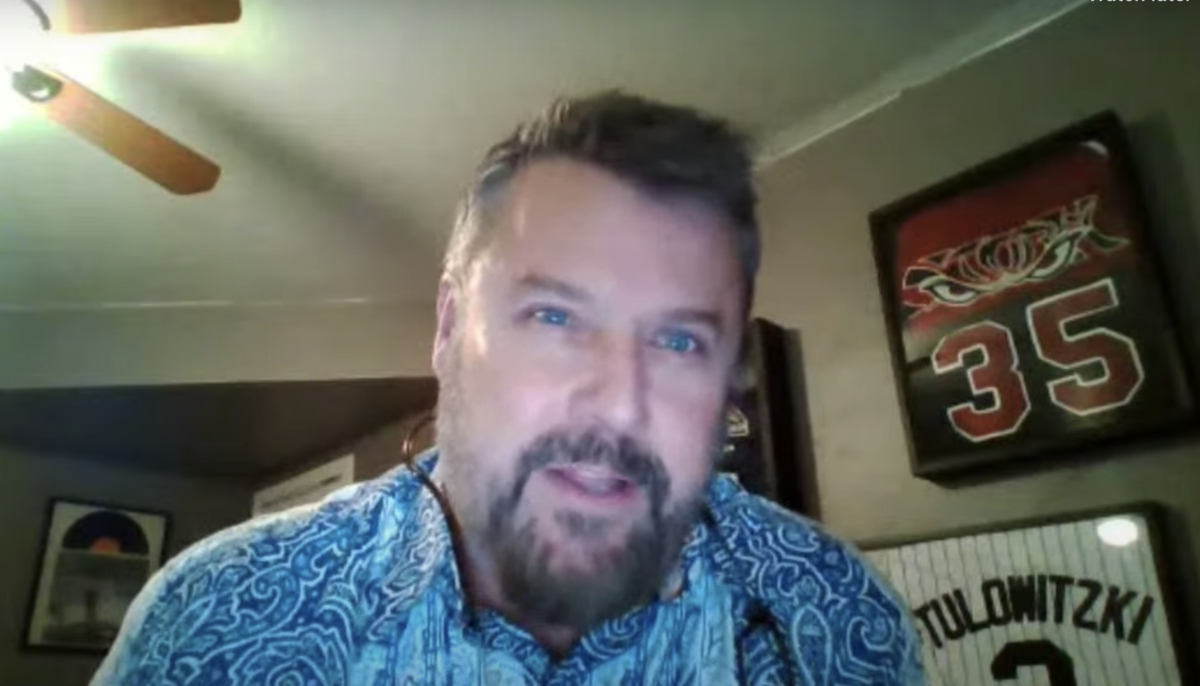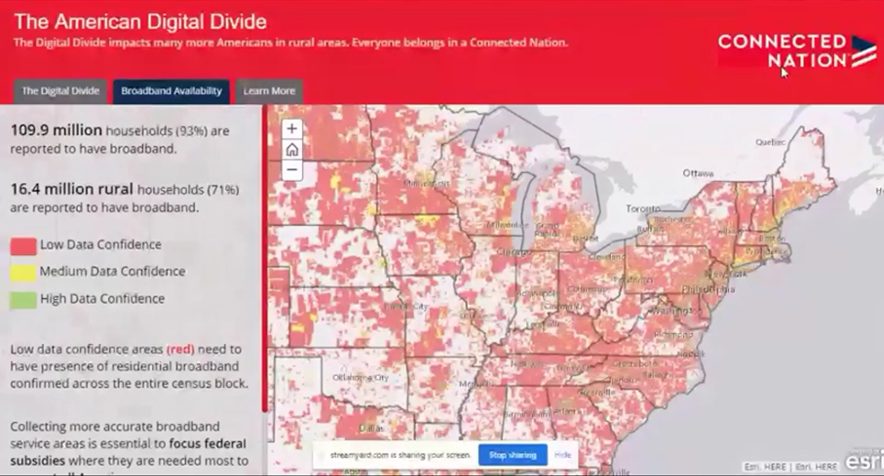Broadband Maps Largely Unreliable, Say Panel Members
May 20, 2020 — Broadband Breakfast Live Online panelists on Wednesday said that current broadband maps are insufficient and that they are harming the people they are meant to serve. The forum was an opportunity for participants to describe the state of broadband in their respective areas as well a

May 20, 2020 — Broadband Breakfast Live Online panelists on Wednesday said that current broadband maps are insufficient and that they are harming the people they are meant to serve.
The forum was an opportunity for participants to describe the state of broadband in their respective areas as well as the applications of various services during the coronavirus pandemic.
Speakers included Glenn Fishbine, chief technology officer at NEO Partners, LLC, Eric Frederick, vice president for community affairs at Connected Nation, Brian Webster, CEO of Wireless Mapping Inc. and Russ Elliot, director of the Washington State Broadband Office.
The event was moderated by Broadband Breakfast Editor and Publisher Drew Clark, also a telecom attorney who has been a leading voice advocating for improved broadband mapping efforts and a rational geo-spatial system for collecting data. As the former executive director of the Partnership for a Connected Illinois, he implemented a widely respected geographic information system for collecting data from internet service providers.
Frederick began by displaying a graphic showcasing areas in which Connected Nation had low confidence in broadband connectivity reports — which included almost all supposedly connected regions.

The confidence ratings draw from an algorithm developed by Connected Nation that considers several factors and to determine low, medium or high data confidence.
“It essentially takes the Form 477 data and provides a confidence rating to it based on household density, number of providers technology, transmission speeds, all those different things…” Frederick said. “You can see that there’s lots of red areas.”
Facilities-based broadband service companies are required to file data to the Federal Communications Commission twice a year through Form 477. But Fishbine said that, according to NEO Partners’ findings, broadband companies were drastically overreporting their connectivity rates.
For example, a Minnesota broadband company called Radio Link Internet offers 300-megabyte symmetric wireless, which disqualifies areas under its service for grants. But a NEO Partners study found that Radio Link had not undergone an LTD speed test in the previous 12 months.
“We are seeing the impact of bad reporting by individual ISPs either because they’re clumsy or they don’t know what they’re doing or because the process is broken,” Fishbine said. “But this is taking a large number of communities out of the pool of potential grant applications.”
Webster said that for broadband maps to transition away from clunky inaccuracy, they have to move to the household level.
“If you’re in communities that have really good 901 coordinators and programs — like in New York state, where they’ve literally mapped all the addresses to rooftops now, not to just an assumption of a road and things like that — that can really help any of these initiatives.”
Clark agreed. “Founding Broadband Census was an effort to get broadband data at the address level when the FCC was saying, ‘No, ZIP codes are fine,’” he added. Broadband Census was a sister data-collection company to the media and events company Broadband Breakfast.
Late last year, the FCC kicked off a new proposed system for more granular broadband data through the introduction of the Digital Opportunity Data Collection effort. It would require broadband providers to offer a place where consumers can report outages and insufficient service.
At the time, FCC Chairman Ajit Pai called the move the agency’s most effective yet.
“This represents the commission’s biggest step yet to close the digital divide and will connect some of the hardest-to-serve areas of our country,” he said.








